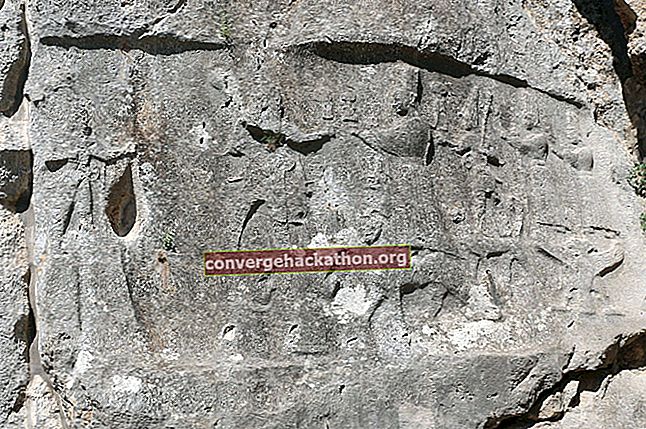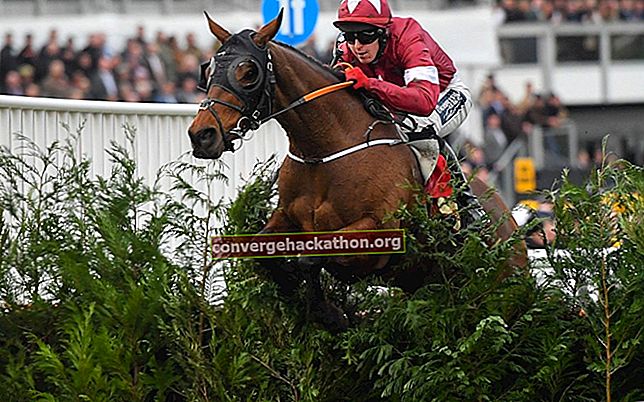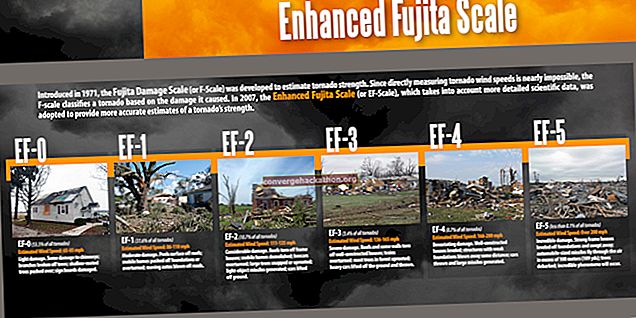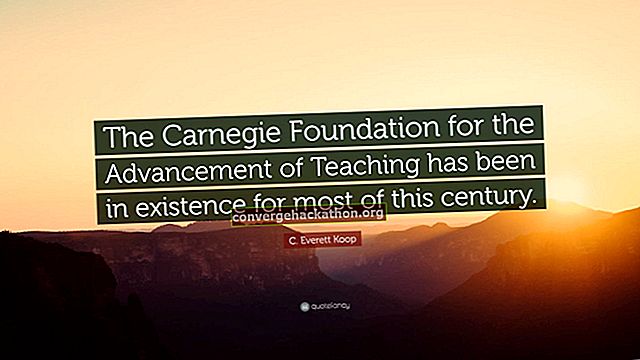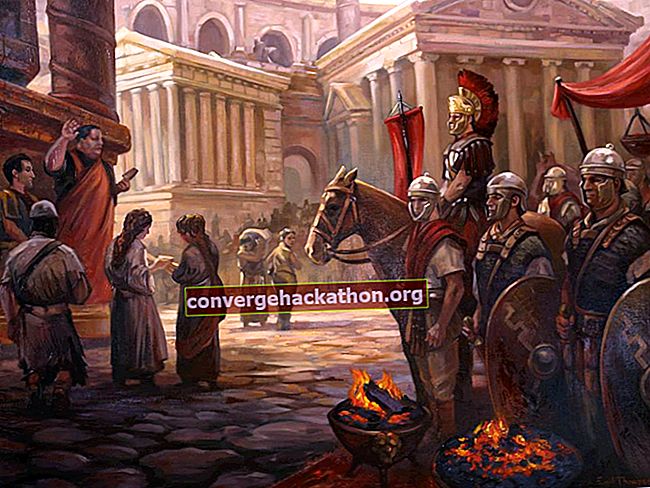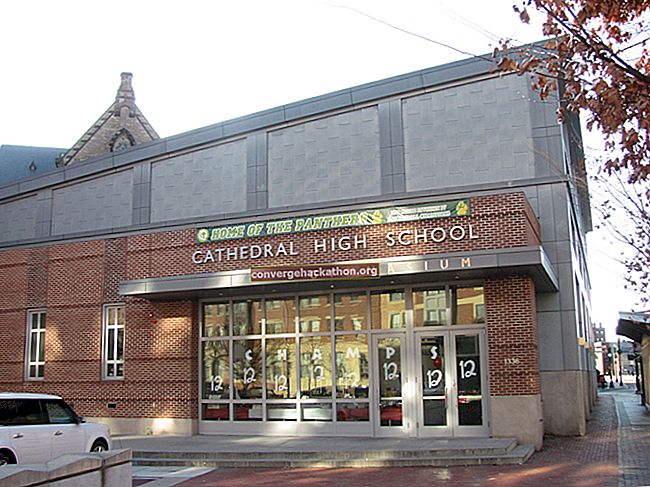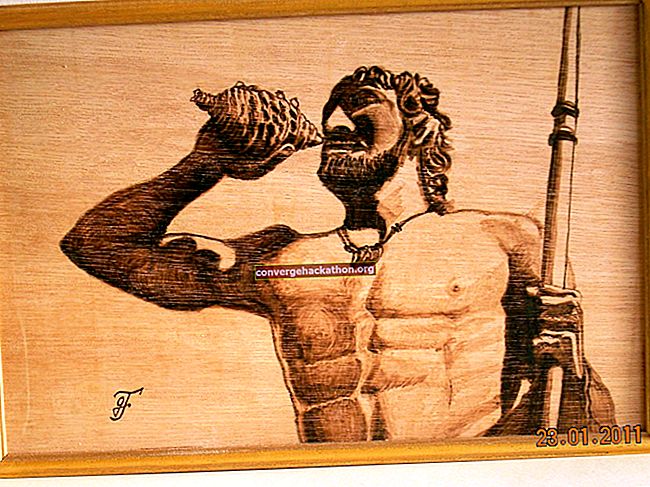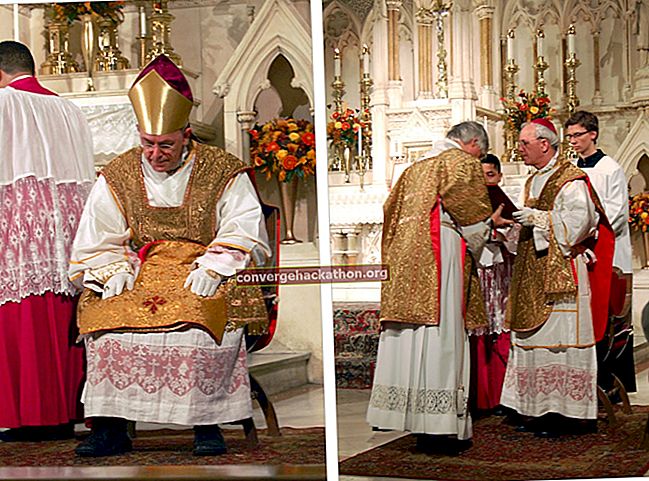Los Angeles County Museum of Art (LACMA), museum campus in Los Angeles with distinguished collections of Asian (Indian, Tibetan, Nepalese), Islamic, medieval, Latin American, European, and modern art. In the early 21st century LACMA held more than 100,000 works of art.

 Quiz World Organizations: Fact or Fiction? Communist countries may not join the United Nations.
Quiz World Organizations: Fact or Fiction? Communist countries may not join the United Nations. Established in 1910, the museum was part of the Los Angeles County Museum of History, Science, and Art until 1961, when it became an independent institution. It moved to its present location in 1965. It originally consisted of three buildings designed by William L. Pereira Associates. The largest of these is the four-level Ahmanson Building, which houses the museum’s permanent collection. Also built in 1965 were the adjoining Hammer Building, which displays special exhibitions, and the Bing Center, which contains a research library, a children’s gallery, an auditorium that seats 600, and a cafeteria. The Art of the Americas Building (formerly the Robert O. Anderson Building, 1986) was designed by Hardy Holzman Pfeiffer Associates. It houses the museum’s modern art collection. The Pavilion for Japanese Art, by architect Bruce Goff, opened in 1988. The museum complex’s 21st-century additions, designed by Renzo Piano, include the Broad Contemporary Art Museum (BCAM; 2008) and the Resnick Pavilion (completed 2010)—a spectacular single-story, 45,000-square-foot (4,180-square-metre) space—as well as a number of subsidiary structures.



